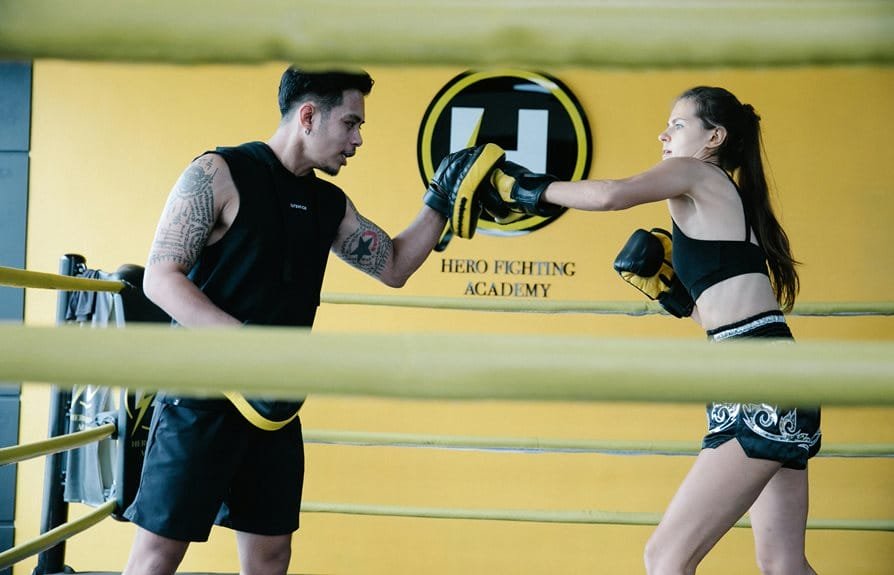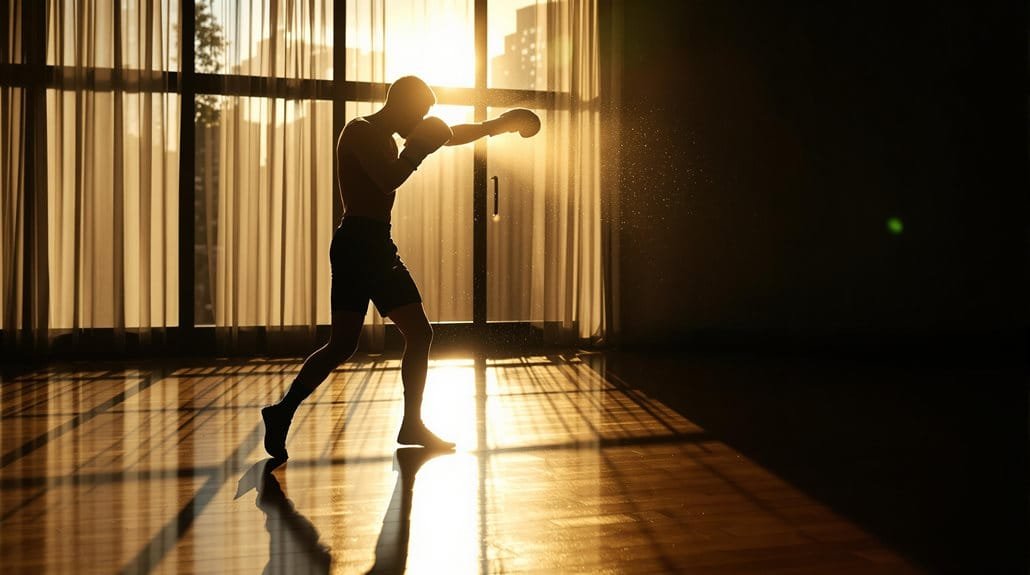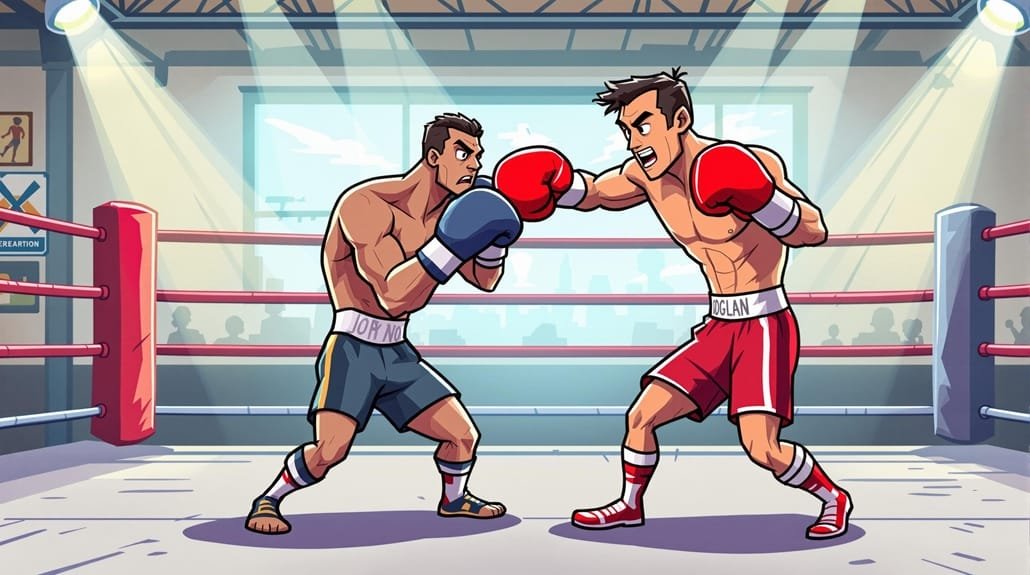Does Aikido work in a real fight? Or is it just for show?
Many people think that aikido and also karate is just for show. They are not. In fact, aikido and karate are some of the most effective and efficient self-defense systems.
However, many people don’t know that these techniques are also used to train for real fights, because of their high effectiveness in fighting.
Table of Contents
How Effective is Aikido in Real Life?
Aikido is an extremely effective self-defense system. It has been proven to be highly effective in a number of real-life situations.
The reason why aikido works so well in real life is that the techniques are designed to avoid a fight, not to win one.
In other words, the techniques are designed to cause the attacker to lose balance and fall over, rather than to kill them. This makes it incredibly difficult to attack someone who uses aikido.
For example, it is one of the most effective ways of stopping a knife attack. If you are stabbed with a knife, it is unlikely that you will be able to defend yourself. You might even get cut or stabbed several times.
However, if your attacker uses aikido, they will be forced to attack you from a distance, which makes it much easier for you to defend yourself. They will also have a very hard time attacking you because they’ll be forced to move slowly and carefully.
Furthermore, this martial art is extremely effective against an unarmed attacker. While there are many techniques available for unarmed defense, the most effective is the “throw” technique.

Is Aikido a Fake Martial Art?
The most simple answer is no. The martial art has been around for almost 100 years and is the only martial art taught by the Japanese government. It is not a fake martial art.
It is also not a new martial art. In fact, it was created by the founder of the modern aikido movement, Morihei Ueshiba.
There are many benefits of this combat sport, and it is one of the most popular martial arts in the world. It is a very practical martial art that has been used for many purposes, including self-defense, law enforcement, military, and sport.
Aikido is a martial art that focuses on self-defense. The main goal of aikido is to protect yourself and your partner from an attacker. There are many different techniques and they can be used in real fights.
In a recent study, it was named as the ninth-most practiced martial art in the world, that’s above Judo and just below the Israeli Krav Maga. It’s been reported that over the practice is available to learn in 140 countries.
Do Any MMA Fighters Use Aikido?
While there are dozens of schools of aikido, only a handful of them has been adopted by MMA fighters. Why? Because this martial art is great at training the mind and body, it can help you prepare for real fights.
It is also one of the few martial arts that teach you how to stay calm during a fight. Many people think that they should get angry or aggressive, but this isn’t always the case. This martial art helps you to stay calm and control your emotions.
That said any fighter who wants to explore a rich palette of martial arts can do no wrong in learning this combat sport.
Contemporary UFC middleweight, Nick Diaz is a notable student of the no-combat practice along with several other martial arts.
Other fighters including Kathy Long, Jason Delucia, and Daniel Cage Theodore are notable by their own omissions of having studied Aikido. Yet none of the three have truly shown it in professional fights, moreover, it has been cited as a good tool when sparring in preparation for bouts.
Which does bring up good reasoning why more MMA fighters and boxers should take up the art. Sparring or practice sessions can lead to nasty injuries – which can lead to events being canceled. Dillian Whyte had to pull out of his heavyweight fight with Otto Wallin last year, while Francis Ngannou apparently buckled his knee in a training session in the build-up to his title defense at UFC 270.
Ngannou did however still fight and retained his championship. That’s not the point though. If both Ngannou and Whyte had some Aikido training and utilized it in camp they’d not have sustained injuries in the lead up to big fights.


Is Aikido Useless For Self-Defense?
Aikido, karate, and other Japanese martial arts are generally considered to be useless for self-defense. However, they are not.
Aikido practitioners can use their opponent’s energy against them to disarm or neutralize them, leaving them open to counterattack. Additionally, Aikido teaches practitioners how to move and respond quickly in an emergency situation, which can be useful in defending oneself from an attack.
In fact, so many good techniques are involved in the art and it can be one of the best options for self-defense.
4 Reasons Why Aikido is a Good Martial Art For Self-Defense
1. Highly effective self-defense system that can be used to defend against a wide variety of attacks.
2. Great balance between defense and offense.
3. It is a relatively safe martial art to practice and is not as physically demanding as some other self-defense systems.
4. Offers a wide range of techniques that can be used in a variety of situations.
Conclusion
The practice of Aikido might not foster the next heavyweight champion of the world anytime soon. It sits proudly away from the majority of other martial arts with its peaceful mantra; which has led to its limited appeal in the professional combat sports world; but larger reach beyond it.
That doesn’t mean however it doesn’t have practical uses in the real world. It provides a great exercise for people wanting to learn a form of self-defense. The same can be said about professional fighters who can benefit by not picking up as many needless injuries while preparing for fights.




